The dawn of the 21st century ushered in a revolutionary wave of technological advancements. From smartphones to smart homes, we’ve witnessed how technology has seamlessly integrated into our daily lives.
Now, this revolution is touching upon the often-overlooked arena of home cleaning. Enter smart carpet cleaners, a blend of cutting-edge technology and traditional tidying tools. With giants like the carpet one leading the way, these innovative devices are redefining cleanliness and convenience in modern homes.
Smart carpet cleaners are defined by their capacity to go beyond simple cleaning. These aren’t just machines that suck dirt out of your carpet; they’re also outfitted with sensors, artificial intelligence, and connection features, allowing for a more thorough, precise, and informed cleaning procedure.
Some models, for example, include sensors that detect the level of filth in a specific area and change the cleaning strength appropriately. This guarantees that carpets are not only clean but also thoroughly cleaned.
Furthermore, the incorporation of artificial intelligence (AI) has brought a dimension of ease that was previously considered futuristic. Smart carpet cleaners with artificial intelligence may learn the structure of your home, remember high-traffic and frequently soiled areas, and even tailor cleaning schedules based on your preferences.
These features reduce the amount of manual labor necessary, making carpet cleaning nearly hands-free. Some even integrate with smart home systems, allowing customers to start or schedule cleanings using voice commands or smartphone apps.
Wi-Fi and Bluetooth connectivity have transformed these devices into more than just cleaning tools. They are now a part of a smart home ecosystem.
Users may track the cleaner’s progress, check battery levels, receive maintenance reminders, and even order new parts or cleaning supplies via dedicated apps. This level of connection adds a sense of control and knowledge to the carpet cleaning process that was previously lacking.
Furthermore, as sustainability becomes a global focus, smart carpet cleaners are keeping up. Many versions are designed with energy efficiency in mind, consuming as little power as possible without sacrificing performance.
Furthermore, some companies are developing biodegradable cleaning solutions and recyclable parts, aligning with the green trend, and assuring that cleaning one’s home does not harm the environment.
While the benefits of smart carpet cleaners are numerous, it is critical to approach them with caution. Periodic software upgrades are critical for any tech gadget to ensure maximum performance.
Users must also be mindful of potential privacy risks, particularly with gadgets that map the layout of your home. It’s always a good idea to buy from reliable brands, read privacy policies, and use encryption and other security features.
Smart carpet cleaners are moving beyond regular cleaning modes and into customized cleaning modes adapted to diverse carpet kinds and materials. Historically, one-size-fits-all techniques frequently fell short of adequately treating varied carpet fibers.
However, thanks to embedded sensors and powerful algorithms, these smart gadgets can now distinguish between thick shag rugs and low-pile carpets, altering their cleaning procedures in real-time. This guarantees that each carpet type receives the attention it requires, extending its life and maintaining its perfect beauty.
Another intriguing prospect for smart carpet cleaners is the possibility of interaction with other smart home products. Consider a scenario in which your smart thermostat detects a drop in room temperature and communicates with your carpet cleaner to provide an extra clean, given that warmer surroundings might draw more dust mites.
Alternatively, if your smart air purifier detects elevated allergen levels, it may alert the carpet cleaner to perform a thorough cleaning. Such connection has the potential to reshape holistic home upkeep by ensuring that all aspects of your living area are in sync and responding proactively to environmental changes.
However, with progress comes new problems. The generation of e-waste when users upgrade to newer versions or repair damaged gadgets is one relevant issue.
Recognizing this, several businesses are implementing trade-in or recycling programs to ensure that outdated models are rehabilitated or properly disposed of. This reduces environmental impact while also paving the road for a circular economy model in the home cleaning sector.
To summarize, the evolution of smart carpet cleaners demonstrates how technology can raise even the most routine jobs to new levels of efficiency and sophistication.
Our homes will benefit greatly as these technologies become more integrated, adaptive, and sustainable. Accepting this transformation involves more than just cleaner carpets; it means a future in which our living spaces are truly smart, responsive, and in tune with our needs.

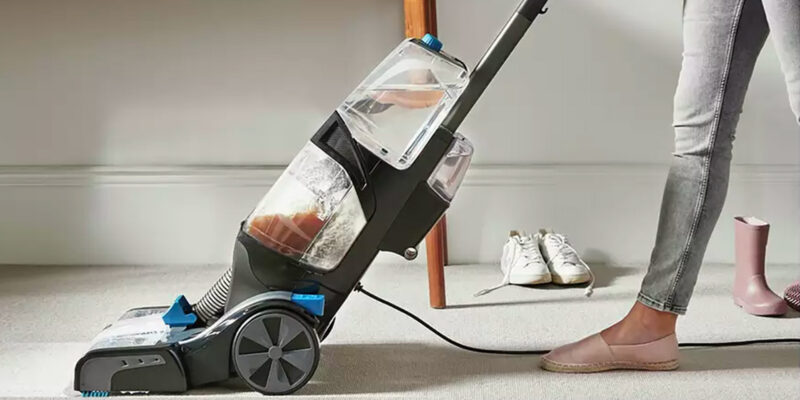



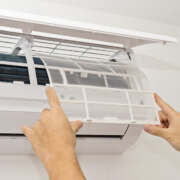

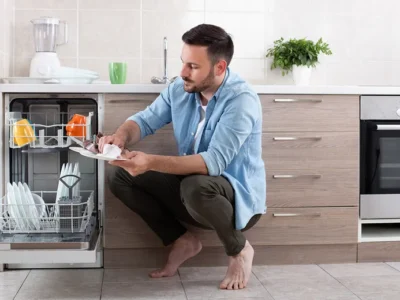
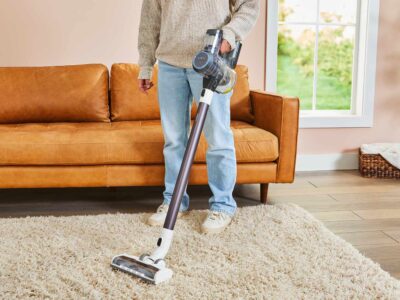



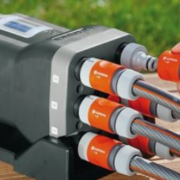

Comments